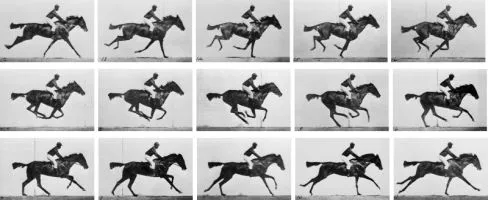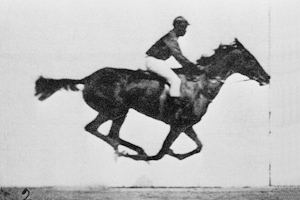I’m going to give you a simple idea on how to find out what a manager really does. The idea is so simple that you will find it unbelievable that no one has done it before. But if it’s so simple, why can’t you buy yourself a Steve Jobs?
Let’s take a fairly simple example of a profession that has long been automated: the barista. This is a person who professionally selects, brews and serves coffee. Everyone knows that today you don’t need to hire a barista to get a similar effect in the office or even at home as in a coffee shop. Of course, coffee connoisseurs will surely protest. I rarely drink coffee myself, so I will accept their criticism. However, on the merits – to obtain a liquid in a cup that we will call coffee, everyone will agree, a barista is not needed.
Let’s consider how you could construct a mechanical barista yourself. First, you need to find a human barista who is willing to share his knowledge of how to prepare coffee. But it’s not enough to ask him, because then it will be as I described in the previous post – his story, much less his answers to the survey questions, will be of little use. The story will be full of gaps, understatements, his memory is unreliable, our understanding of the content too. So let’s watch him prepare coffee. That’s already a better idea.
That is, secondly, let’s find some reliable way of observation so that it can be repeated, and the recorded way of preparing coffee can be reproduced and understood. A camera will come in handy for this. Let’s make a video! The individual movements of the barista will resemble the situation when the horse is running. As in Figure 1.

Figure 1: Individual frames of the video
Source: https://www.historiasztuki.com.pl/strony/015-00-01-FILM-EXP.html
Of course, the preparation of coffee by a barista is slightly different from a running horse, because the barista will take certain objects, measure substances (coffee, water, etc.), but apart from such additional details, the movements of the barista can be compared to a running horse.
Third, having such an analysis of the barista’s movements in the physical and time dimensions, as well as additional parameters of the objects and substances used, we can build a robot barista that will prepare coffee instead of a human. Its operation can be compared to assembling all the observed movements of a human barista into a whole. As in Figure 2.

Figure 2: Frames of the video put together
Source: https://www.historiasztuki.com.pl/strony/015-00-01-FILM-EXP.html
Thousands of devices, industrial robots, or automatons have been built this way. This is how an automatic vacuum cleaner works, systems that assist the driver of a car, a mixer or an autopilot in an airplane. There has always been some analogy to human activities – either a direct imitation of hand movements, for example, or an intentional design of some mechanism that achieves the same goals as a human, but in a slightly different way.
In the case of a manager’s work, however, there is a detail that distinguishes it from a barista. And this detail causes a fundamental problem in figuring out what a manager actually does. I will describe it in the next post and give a solution to this problem.

